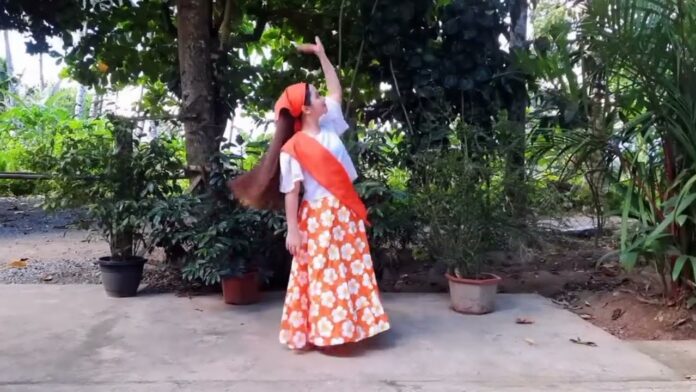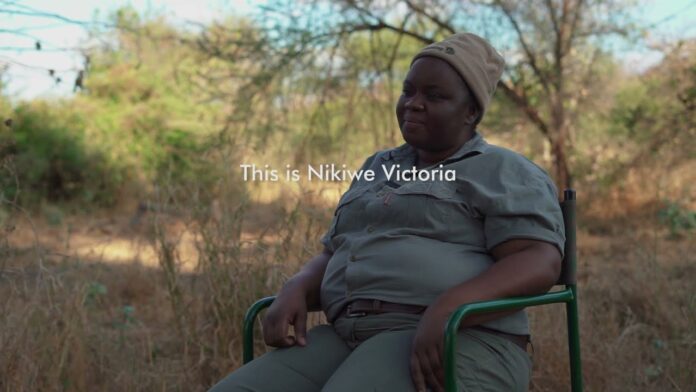Dance has been an integral part of human civilization, serving as a means of expression, communication, and cultural preservation. From the ancient rituals of indigenous tribes to the grand performances of modern-day showcases, dance forms have been a testament to the rich diversity of human experiences and the enduring spirit of cultural identity. In this comprehensive blog post, we will explore the cultural significance of dance forms, delving into their history, the various cultural dance forms, their significance in different cultures, the impact of globalization, and the importance of preserving these time-honored traditions.
History of Dance Forms
Dance, in its most fundamental form, has existed since the dawn of human civilization. It has evolved as a means of storytelling, spiritual practice, and social interaction, reflecting the cultural, religious, and social values of different societies.
The Origins of Dance
The earliest forms of dance can be traced back to prehistoric times, where they were often used in religious rituals and ceremonies. These dances were closely tied to the natural world, incorporating elements of nature, such as the movement of animals or the changing of the seasons, into their choreography.
The Development of Dance Across Civilizations
As cultures and societies developed, dance forms began to diversify, reflecting the unique histories, beliefs, and traditions of each region. From the graceful movements of the Indian classical dances to the energetic folk dances of Eastern Europe, the dance forms of the world have been shaped by the rich tapestry of human experiences.
The Influence of Religion and Spirituality
Many dance forms have deep roots in religious and spiritual practices. In Hinduism, for example, the dance of the divine figure Shiva, known as the “Cosmic Dancer,” is a central element of spiritual worship. Similarly, the Whirling Dervishes of Sufism use dance as a means of achieving a state of spiritual ecstasy.
The Role of Dance in Social and Cultural Traditions
Dance has also played a significant role in shaping social and cultural traditions. From the courtly dances of the European aristocracy to the communal celebrations of rural communities, dance has been a means of fostering social cohesion, expressing cultural identity, and preserving traditions.
Different Cultural Dance Forms

The world is home to a vast and diverse array of cultural dance forms, each with its unique characteristics, history, and significance.
Classical Dance Traditions
Classical dance forms, such as Bharatanatyam, Kathak, and Odissi from India, or Kabuki and Noh from Japan, are highly structured and deeply rooted in the cultural and religious traditions of their respective regions. These dance forms often require years of dedicated training and are renowned for their technical precision and artistic expression.
Folk and Traditional Dance Forms
Folk and traditional dance forms are closely tied to the daily lives and customs of a particular community or region. These dances often reflect the agricultural, social, and spiritual practices of the people, and are passed down through generations as a means of preserving cultural identity. Examples include the Flamenco of Spain, the Hula of Hawaii, and the Tango of Argentina.
Contemporary and Fusion Dance Forms
In recent decades, dance has also evolved to incorporate new influences and techniques, giving rise to contemporary and fusion dance forms. These styles often blend elements from various cultural traditions, creating unique and dynamic forms of expression that reflect the changing nature of our globalized world.
Ritual and Ceremonial Dance Forms
Many dance forms are closely tied to religious and ceremonial practices, serving as a means of spiritual expression and community engagement. These dances can be found in indigenous cultures around the world, such as the Masai of Africa, the Ainu of Japan, and the Inuit of the Arctic regions.
Significance of Dance in Various Cultures

Dance holds deep cultural significance in societies around the world, serving as a means of communication, expression, and the preservation of cultural identity.
Dance as a Means of Communication
Dance has long been used as a form of nonverbal communication, allowing people to convey emotions, tell stories, and share cultural values without the use of spoken language. In many cultures, dance is seen as a universal language that transcends linguistic barriers and connects people across boundaries.
Dance as a Expression of Cultural Identity
Dance forms are often deeply rooted in the cultural and historical traditions of a particular region or community. By preserving and performing these dances, individuals and communities can express their unique cultural identities, passing down traditions and values to future generations.
Dance as a Unifying Force
Dance can also serve as a powerful unifying force within a community, bringing people together through shared experiences and the celebration of cultural traditions. Community-based dance events, such as festivals and celebrations, can foster a sense of belonging and strengthen social bonds.
Dance as a Means of Spiritual Expression
In many cultures, dance is closely tied to religious and spiritual practices, serving as a means of connecting with the divine or the natural world. These dance forms often incorporate elements of ritual, meditation, and the expression of sacred beliefs.
Dance as a Reflection of Social Hierarchy and Gender Roles
The ways in which dance is practiced and performed can also reflect the social hierarchies and gender roles within a particular culture. For example, some dance forms may be traditionally reserved for specific genders or social classes, reinforcing cultural norms and power structures.
Impact of Globalization on Dance Forms
In an increasingly interconnected world, the impact of globalization on dance forms has been both significant and complex.
Cultural Exchange and Mutual Influence
Globalization has facilitated the exchange of dance forms and techniques across cultural boundaries, leading to the cross-pollination of ideas and the creation of new, fusion dance styles. This cultural exchange has enriched the global dance landscape, but it has also raised questions about the preservation of traditional dance forms.
Commercialization and Commodification
The commercialization of dance, driven by the global entertainment industry, has led to the commodification of cultural dance forms. This can result in the loss of cultural context and the dilution of traditional practices, as dance forms are adapted to appeal to mainstream audiences.
Challenges to Authenticity and Ownership
The increased mobility of people and the spread of information through digital media have also posed challenges to the authenticity and ownership of cultural dance forms. Questions have arisen about who has the right to perform and promote these dances, and how to ensure that they are represented in a respectful and authentic manner.
Opportunities for Revitalization and Preservation
However, globalization has also presented new opportunities for the revitalization and preservation of cultural dance forms. The increased visibility and accessibility of these dances have sparked a renewed interest in their traditions, leading to initiatives to document, teach, and promote them on a global scale.
The Role of Technology in Dance Preservation
The digital age has also provided new tools and platforms for the preservation and dissemination of cultural dance forms. Online archives, video tutorials, and social media have become important channels for sharing and documenting these dances, ensuring that they remain accessible to future generations.
Preservation of Cultural Dance Forms
In the face of the challenges posed by globalization, the preservation of cultural dance forms has become a crucial concern for many communities and cultural organizations around the world.
Documenting and Archiving Dance Traditions
One of the key strategies for preserving cultural dance forms is the systematic documentation and archiving of these traditions. This involves the creation of comprehensive records, including video recordings, written descriptions, and the collection of related artifacts and materials.
Fostering Intergenerational Transmission
The transmission of dance traditions from one generation to the next is crucial for their continued survival. This often involves the establishment of dedicated dance schools, mentorship programs, and community-based initiatives that encourage the active participation of younger generations.
Promoting Education and Awareness
Increasing public awareness and understanding of cultural dance forms is essential for their preservation. This can be achieved through educational initiatives, such as workshops, artist residencies, and cultural festivals, as well as the integration of dance education into school curricula.
Supporting Traditional Dance Practitioners
The recognition and support of traditional dance practitioners, including choreographers, performers, and teachers, is vital for the continuity of these art forms. This can involve the provision of funding, resources, and opportunities for these individuals to share their knowledge and skills.
Incorporating Dance into Cultural Tourism
The integration of cultural dance forms into tourism initiatives can also contribute to their preservation. By highlighting these dances as a key aspect of a region’s cultural heritage, tourism can generate economic opportunities and raise awareness among both local and international audiences.
Conclusion
Dance, in all its diverse and vibrant forms, is a vital expression of the human spirit and a testament to the richness of cultural diversity. From the ancient rituals of indigenous communities to the grand performances of modern-day stages, dance has served as a means of communication, spiritual expression, and the preservation of cultural identity.
As we navigate the ever-changing landscape of globalization, the importance of preserving and celebrating cultural dance forms has become increasingly crucial. By documenting, transmitting, and promoting these traditions, we can ensure that they continue to inspire, connect, and enrich our world, serving as a bridge between the past, present, and future.









